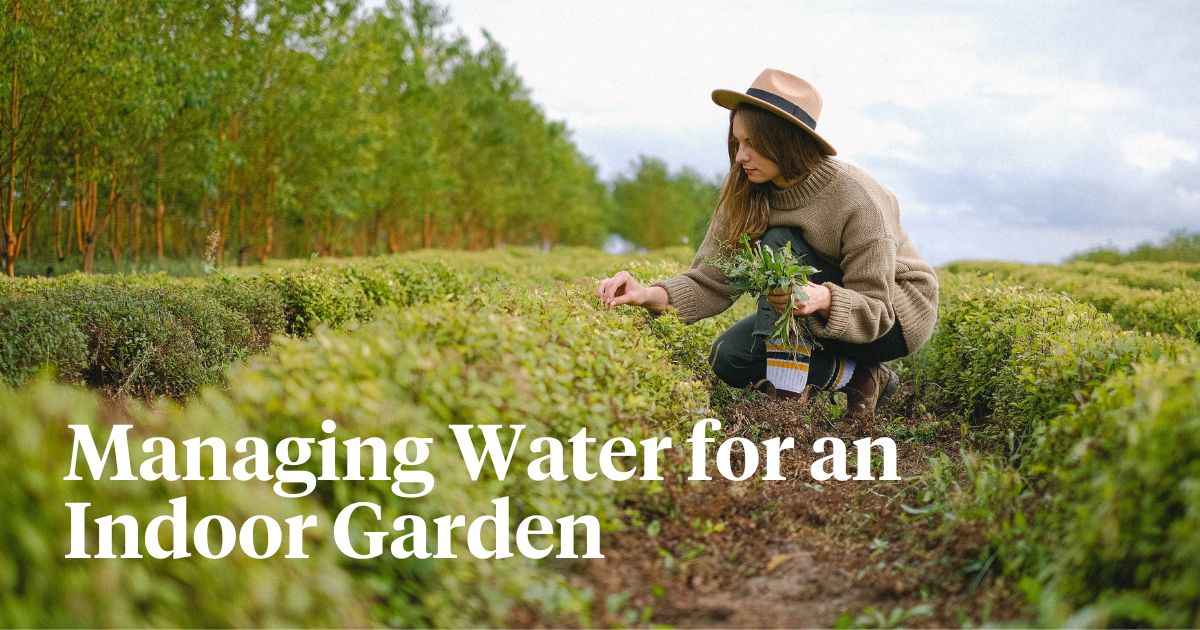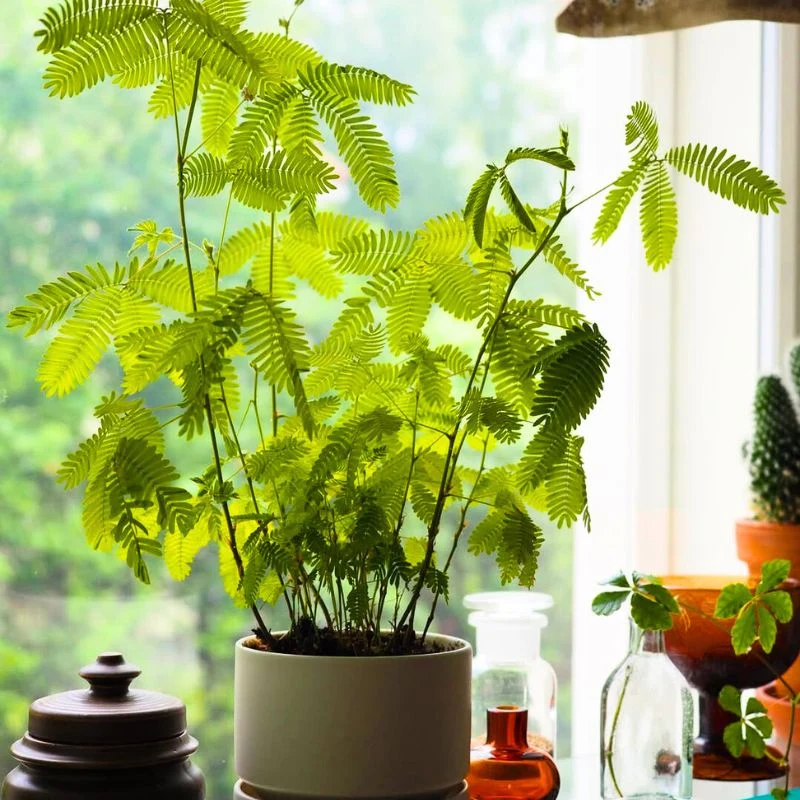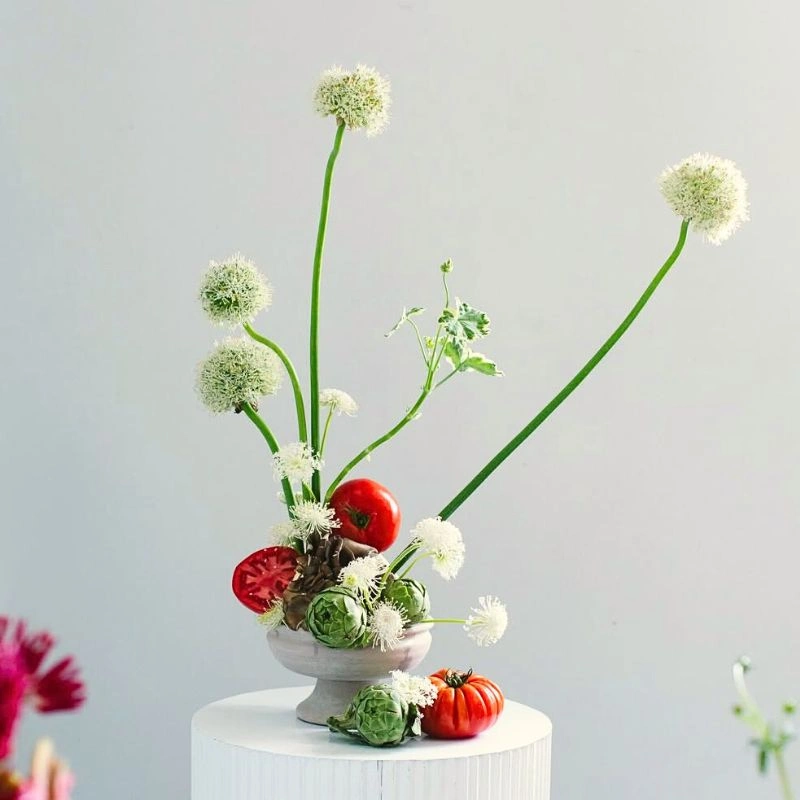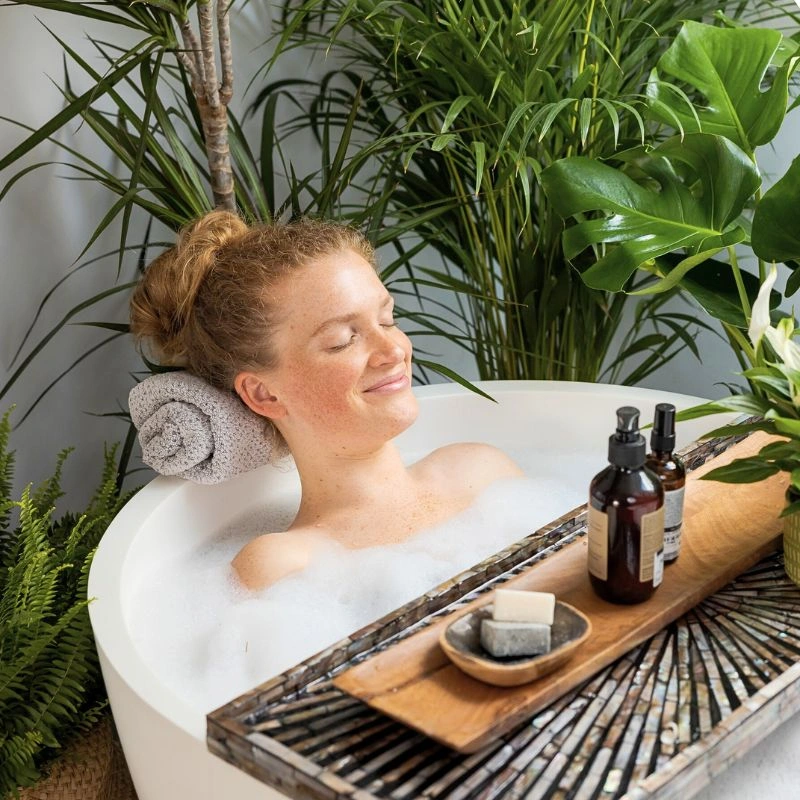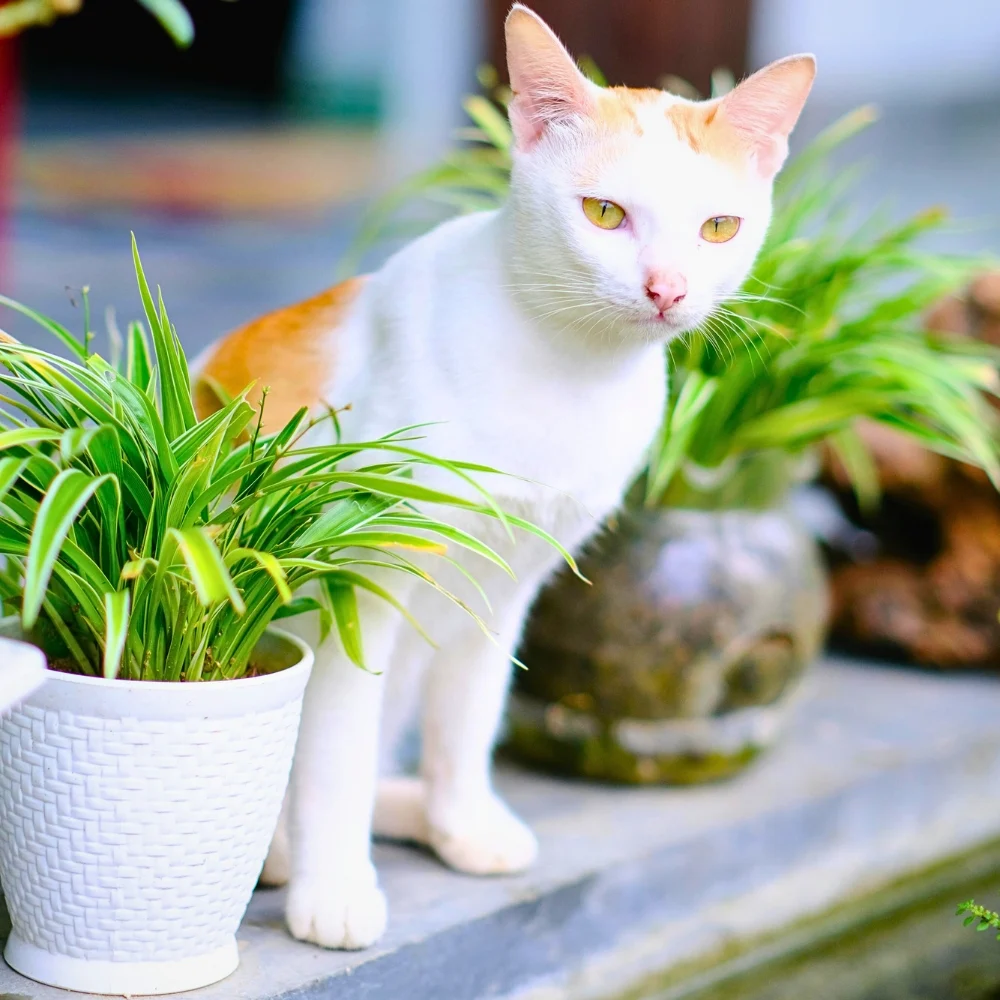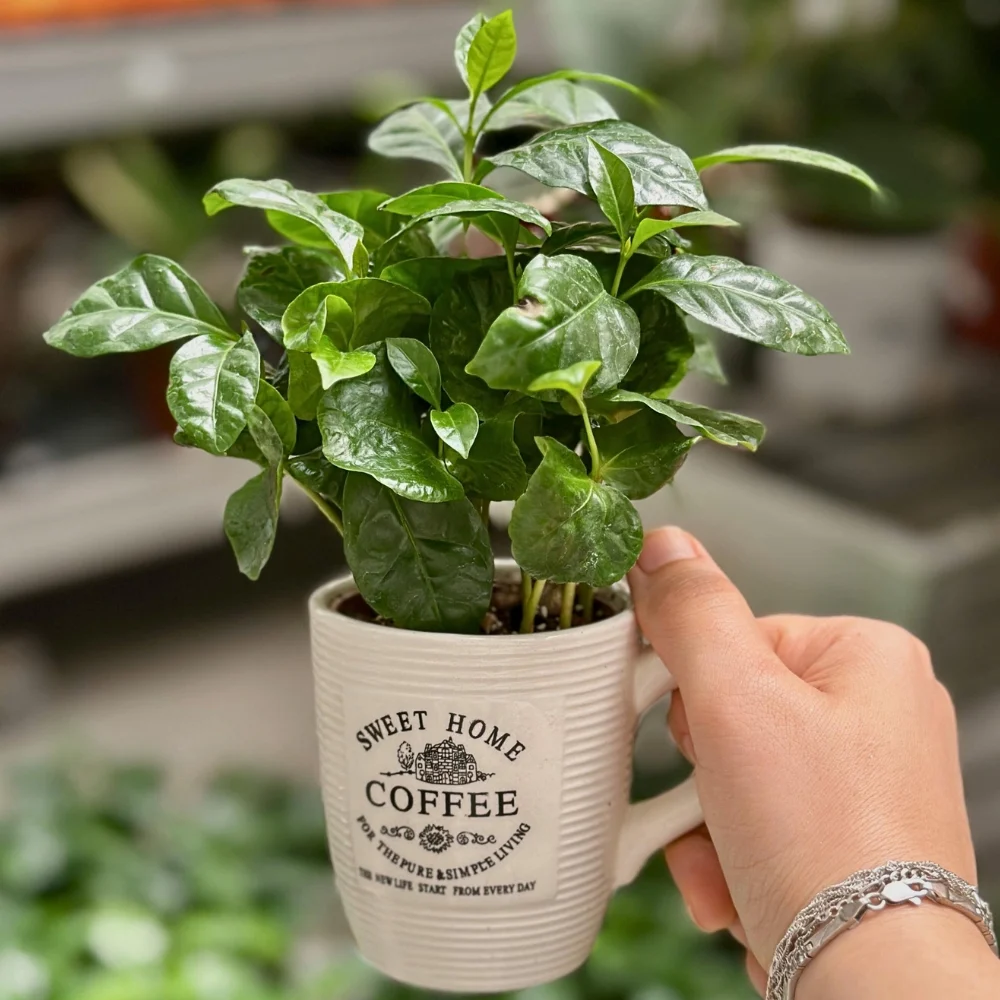Indoor gardening can be a fulfilling hobby, offering a splash of greenery to your home and the satisfaction of nurturing plant life. However, the health of your plants doesn't just rely on sunlight and soil quality but also on proper water management.
Managing water for an indoor garden isn't as straightforward as it seems. It's not just about watering them regularly. It's also about ensuring your plants receive the right amount of water and optimal water quality.
In some cases, the expertise of plumbers in Indianapolis or your local area could be invaluable. They can be especially helpful in setting up complex plumbing systems or dealing with plumbing issues (e.g., poor water quality).
If you want to tackle this concern all by yourself, you're on the right page. This article covers essential plumbing tips to keep your plants as lively and healthy as possible.
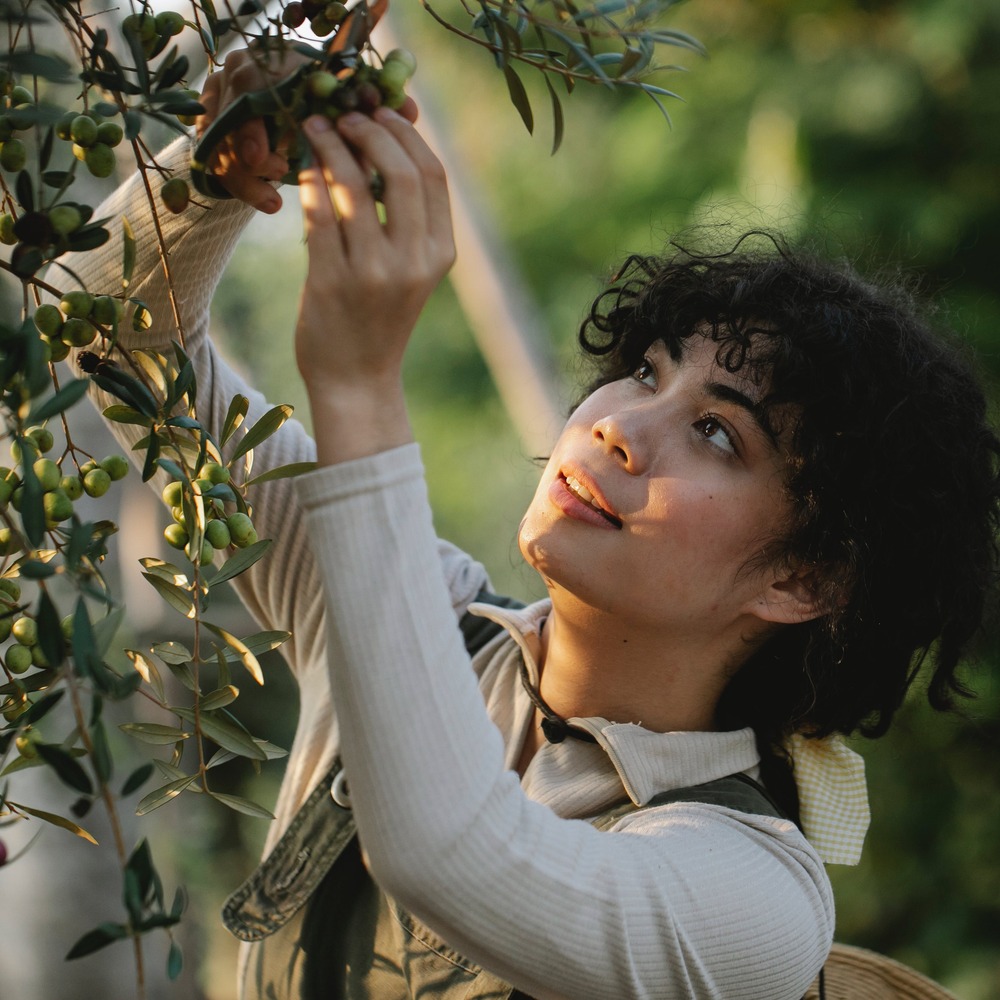
Optimize Water Quality
Water is essential to all kinds of life, including your lovely plants. That's why it's important to ensure your plants receive the right type of water.
If you're using tap water, think again! Municipal tap water often contains chlorine and other unwanted contaminants (e.g., fluorine) that might not suit sensitive plants. Instead, use filtered or distilled water to ensure optimal plant growth and development.
This small yet impactful change in your watering routine can lead to visibly healthier and more vibrant plants, contributing to a more thriving indoor garden.
Ensure Consistent Moisture Levels
Maintaining consistent moisture levels is crucial for plant health. Overwatering can cause detrimental root rot, whereas underwatering leads to undue plant stress.
As a careful gardener, you should consider investing in a soil moisture meter. This tool eliminates the uncertainty in watering schedules, helping you accurately determine when your houseplants need hydration.
By monitoring and adjusting the moisture levels according to each plant's specific requirements, you ensure a thriving, healthy indoor garden. This is key to nurturing and sustaining your plants' growth and vitality.
Invest In Efficient Watering Systems
If you're looking for an efficient watering system, you might want to consider a drip irrigation setup. This method supplies water directly to the roots of your plants, ensuring each one receives the amount needed for optimal growth. It's a resourceful way to conserve water, as it minimizes wastage and evaporation compared to traditional methods like overhead watering.
Additionally, drip irrigation automates the watering process, providing consistent moisture without the constant need for attention. Investing in such a system can be a practical step toward maintaining a healthy and vibrant indoor garden.
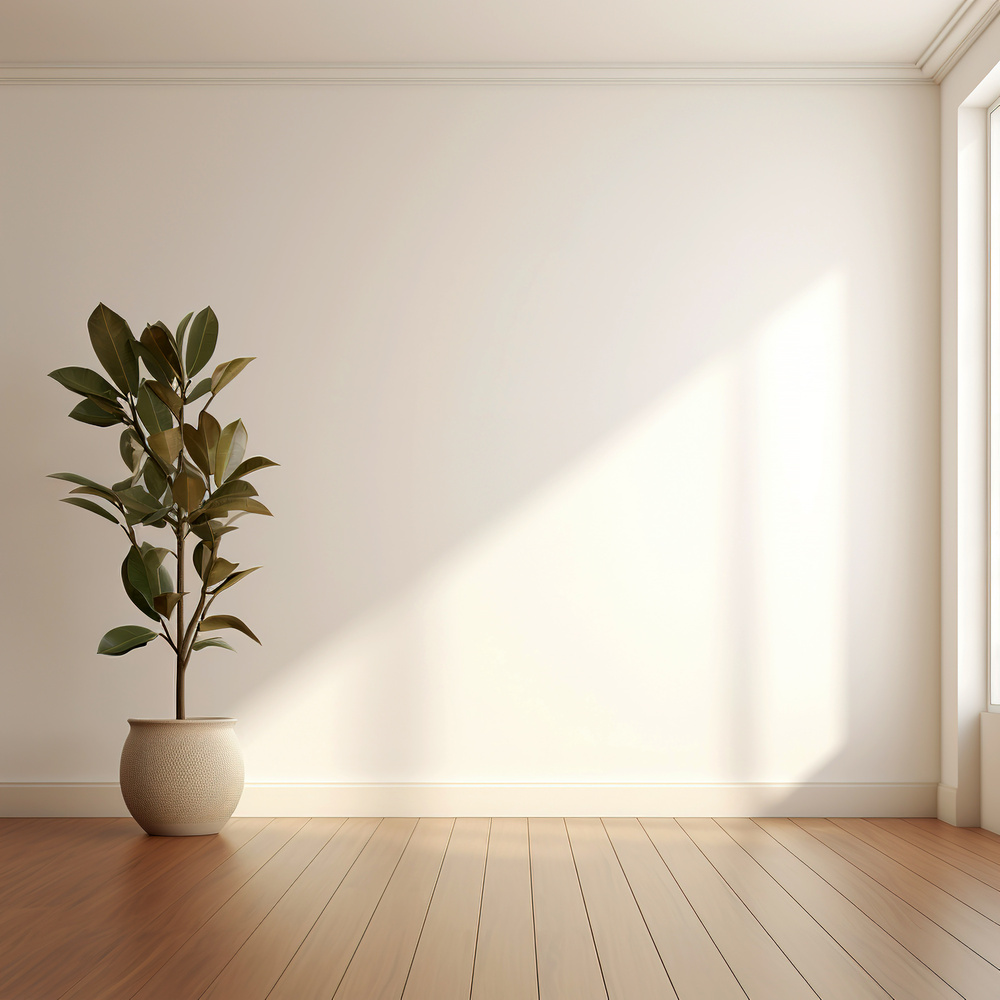
Balance Sunlight And Water
As you probably know, plants require two things to survive: sunlight and water. But that doesn't mean more is better, depending on your plants.
Plants exposed to higher levels of sunlight tend to use water more rapidly, necessitating a more frequent watering schedule. On the other hand, those in dimmer areas require less watering as they experience slower soil moisture evaporation.
Adjusting your watering routine isn't a one-size-fits-all approach. It demands attentiveness to individual plant needs. This careful observation ensures your plants receive adequate hydration without the risk of overwatering and underwatering.
Optimize Water Drainage
Optimizing drainage is crucial for plant health. It's essential to ensure that your pots have sufficient drainage holes. This prevents water from accumulating at the base, which can lead to detrimental issues like root rot and fungal infections.
You should regularly check that drainage remains unblocked to allow excess water to escape freely. Additionally, consider using a high-quality potting mix that helps manage moisture to provide the right balance of water retention and drainage.
Monitor Humidity Levels
Monitoring humidity levels is essential for the well-being of your plants, especially those that thrive in tropical environments. It's crucial to maintain an atmosphere that mimics their natural habitat. You may use a hygrometer to accurately gauge the humidity of your indoors.
If levels are low, a humidifier can effectively increase moisture in the air, benefiting your plants. Alternatively, placing water trays near your plants can also help raise humidity levels. This technique allows water to evaporate and gently increase the surrounding moisture.
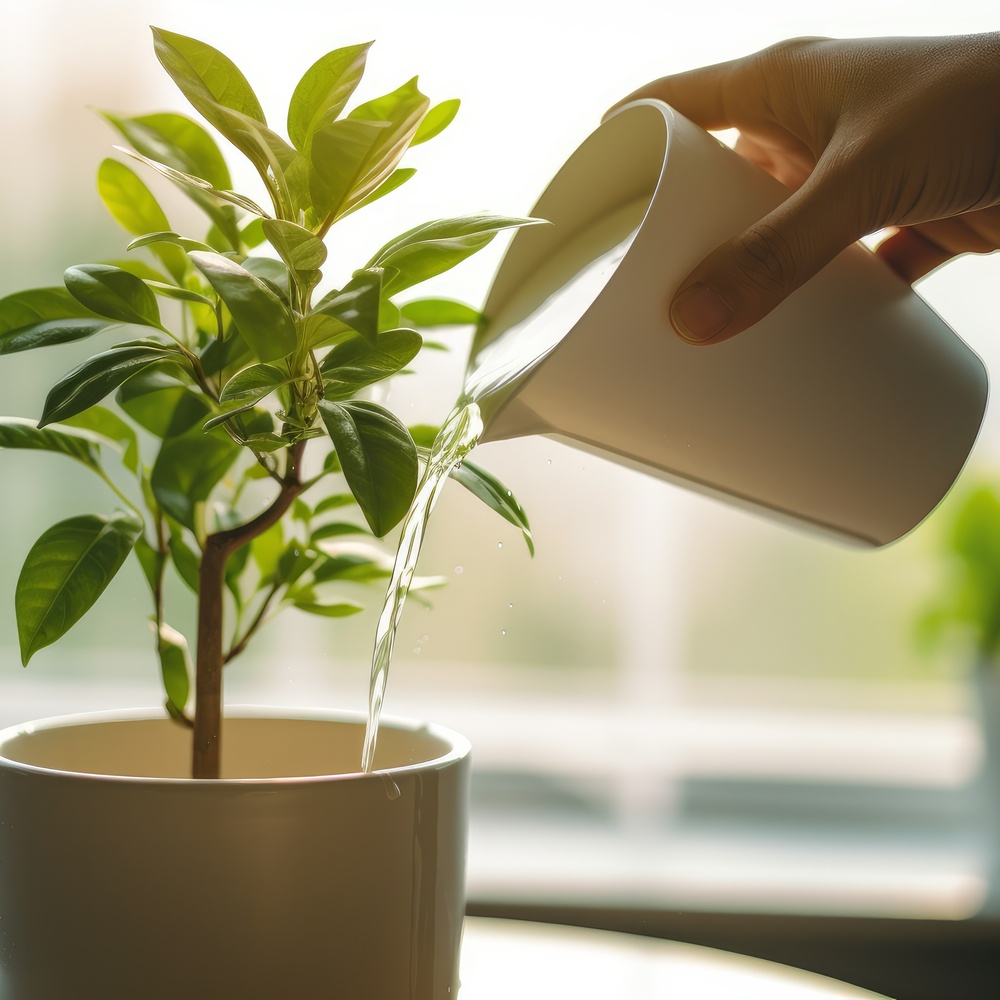
Adjust Seasonal Water Needs
Your plants' water requirements will vary with the changing seasons. During the winter months, plants typically enter a dormant phase, reducing the need for water. This is a natural cycle where growth slows, and the watering schedule should be adjusted accordingly.
On the other hand, plants may demand more frequent watering to support the increased metabolic activities of your plants during spring and summer. This approach fosters a healthier indoor garden, allowing plants to flourish in all seasons.
Final Thoughts
Successful indoor gardening requires a blend of proper sunlight, soil quality, and strategic water management. With these tips, you can create a thriving indoor garden that brings life and beauty into your home. Remember, a little extra care in how you water and manage the environment for your plants can lead to lush, healthy growth and an indoor oasis you'll be proud of.

